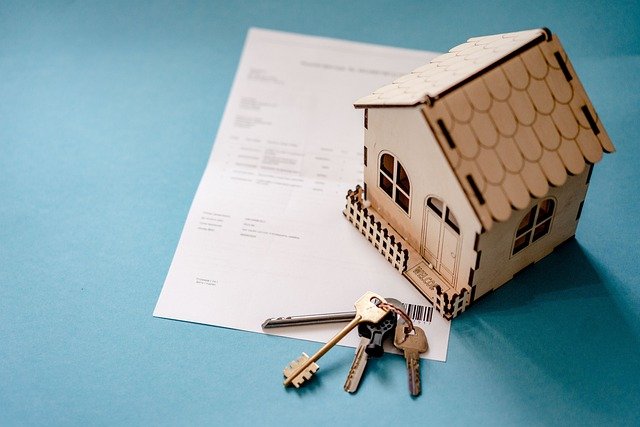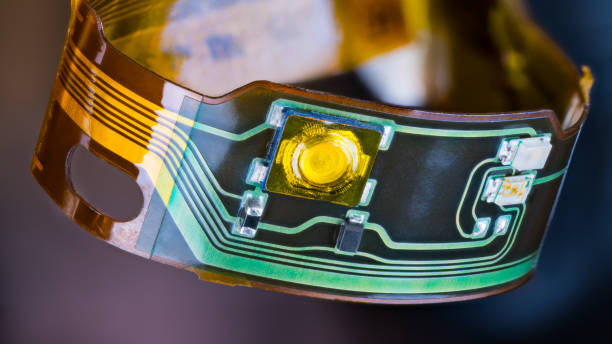Understanding the Impact of Blockchain on Telecommunication Industry
The internet and telecommunications landscape is undergoing significant changes, and not just in the ways we commonly hear about. It's not all about 5G or IoT; there are even more groundbreaking technologies on the horizon. One such technology is blockchain. While it's more commonly associated with cryptocurrencies like Bitcoin, the potential applications of blockchain technology extend far beyond digital currencies.
Blockchain technology is beginning to disrupt many industries, including telecommunications. This transformative technology, known for its decentralized and secure nature, has the potential to revolutionize the way we communicate and transfer data. But how exactly is blockchain influencing the telecommunications industry? Let’s delve into it.
Blockchain: A Brief Overview
Before we delve into the impact and implications of blockchain for telecommunications, let’s quickly revisit the basics of this technology. It is a decentralized, distributed ledger that records transactions across many computers. The data stored on a blockchain is secure and almost impossible to tamper with, making it ideal for recording everything from financial transactions to data transfers. The first blockchain was conceptualized by an individual (or group of individuals) known as Satoshi Nakamoto in 2008. It was then implemented as a core component of the cryptocurrency Bitcoin, where it serves as the public ledger for all transactions.
Blockchain in Telecommunications: The Current Scenario
The telecommunications industry is a vast, interconnected network of companies that transmit data in words, voice, audio, or video across the globe. It consists of various sectors, including telephone, internet, and cable providers. For these companies, blockchain could provide a new way to structure operations and manage data.
Blockchain technology is being explored by telecom companies for various applications. Viable use cases include data management, fraud prevention, and secure payments. A few telecom companies have already started testing blockchain for certain operations. For instance, South Korean telecom giant KT Corporation has implemented a blockchain system for secure data management, while UK-based Colt and PCCW Global have trialed a blockchain solution for wholesale voice call payments.
Opportunities and Challenges
The introduction of blockchain in the telecommunications industry could bring about various benefits. These include enhanced security, improved transparency, and a reduction in fraud. Blockchain can also lead to significant cost savings by streamlining processes and reducing the need for intermediaries.
However, the adoption of blockchain in telecommunications also presents several challenges. The technology is still in its nascent stages and requires considerable investment in infrastructure and skills. Regulatory uncertainties also exist, given the decentralized nature of blockchain.
Practical Applications of Blockchain in Telecommunications
Despite the challenges, several practical applications of blockchain in telecommunications are emerging. One example is in the area of identity verification. Blockchain could be used to create secure digital identities for users, reducing the risk of fraud. Additionally, blockchain could transform the way payments are made in the telecom industry. By enabling direct, peer-to-peer transactions, blockchain could eliminate the need for intermediaries and reduce transaction costs.
Conclusion
In conclusion, while blockchain technology is still in its early stages, its potential to disrupt the telecommunications industry is significant. The technology promises improved security, transparency, and efficiency - benefits that are too significant to ignore. As blockchain technology continues to evolve, it is likely that its adoption in the telecommunications industry will increase. While challenges remain, the potential benefits of blockchain could well outweigh the hurdles, making it a technology to watch in the telecommunications space.






